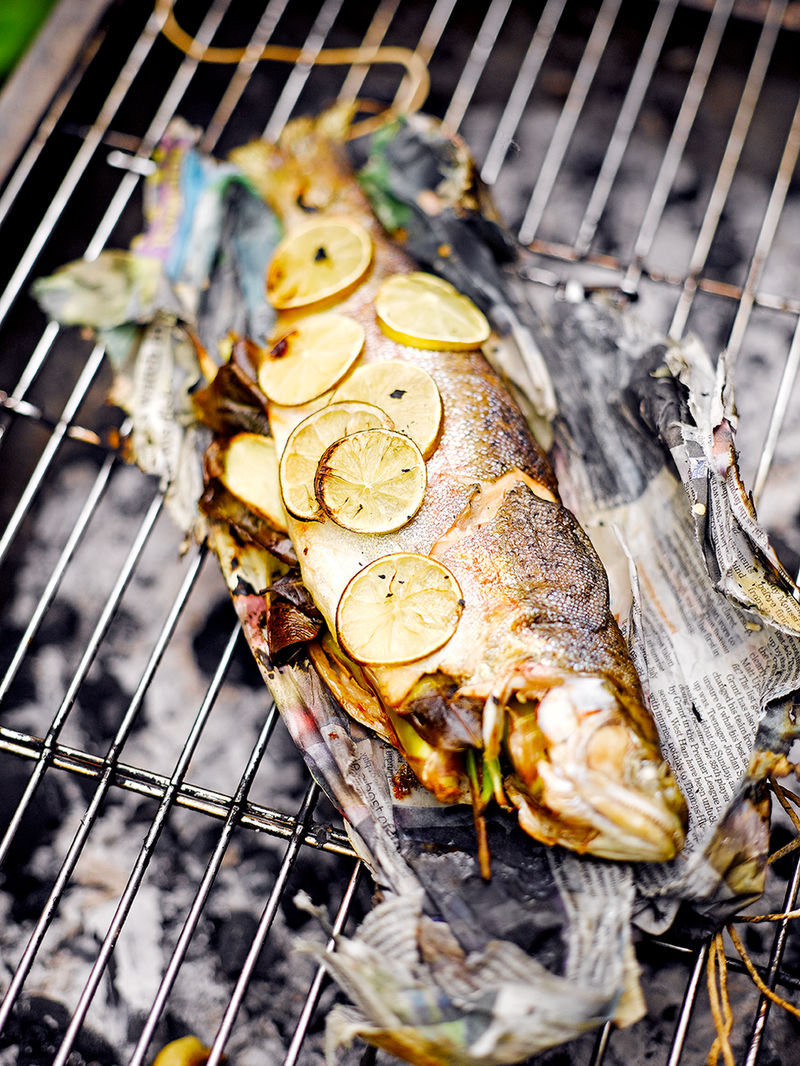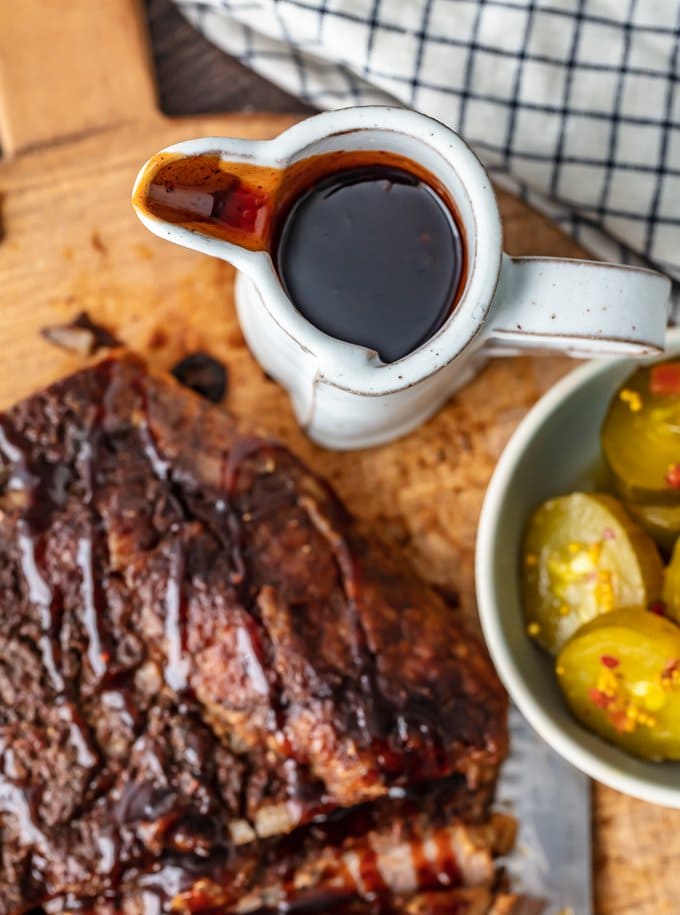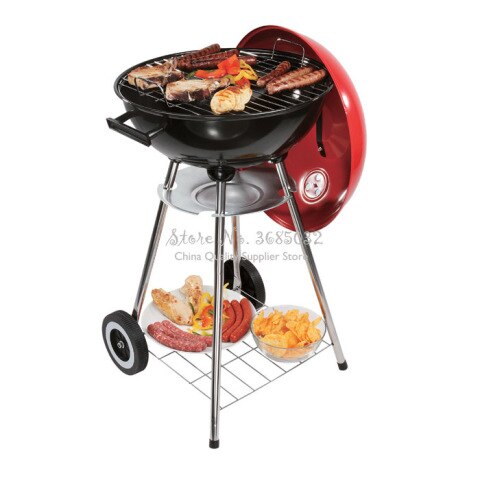
This article will give you some helpful tips on how to apply dry rub. Using your hands to rub the spice mix on meat is essential for creating an even coat. If the meat you're cooking has a skin, massage the spice mixture into the fat underneath the skin. This will enhance the flavor of your meat. Here are a few signature ingredients you'll need to know before you apply the dry rub.
Be sure to moisten the meat before you rub it
You want your meat tender and juicy so moisten it first before you apply a dry rub. Salt is a great flavor enhancer and it has the ability to penetrate the meat and flavor the meat from within. Salt adds flavor and aroma to meats. Salt is often added to your rub to equal parts meat and salt.
Apply a dry rub to your meat on all sides. Especially on thick cuts, make sure to season the "sides" and the main face of the meat as well. Then rub the seasonings onto the meat using the opposite hand. It is important to rub the seasonings into the meat using a rubbing motion. The dry rub can then be applied to the meat. You have two choices: either immediately grill it or wait for at least 30 minutes before you apply another coat.
When applying a dry rub, make sure to wipe the surface of the meat completely with a damp cloth. This will allow the dry rub to stick better to the meat. Once the meat is dry, wrap it tightly in plastic wrap. Then you can refrigerate it for at most an hour. Before applying a dry-rubbed rub, ensure that the meat is properly marinated. This will prevent bacteria growth and ensure that dry rub does not become stale.
Remember that marinades do more than just add flavor to meat. Marindes also tenderize meat due to enzymes that work on the protein strands. Adding liquids to a dry rub will not change its flavor, but will help to make it adhere to meat with a smooth surface. You might marinate your meat at least a couple hours before using dry rub. This will allow it to soak overnight.
You can also moisten a dry rub. Dry rubs can be made with brown sugar. This sugar is slightly sticky and acts as a glue to the meat. Another good option is maple or turbinado. But be careful with this type of sugar as it burns very easily. You can use both. You must ensure that your rub is appropriate for the type and style of meat you are using.

Once the meat has been marinated, you can add a second layer to it with a rub. This is an excellent way to add flavor. Make sure to rub the rub well so it sticks to meat. You can mix your own rubs or use pre-made commercial rubs to make your customized rub. Depending on the location of your dry rub, you will need to adjust the amount. According to science, a tablespoon per pound of meat is the recommended amount. It's important to experiment and find what works for you.
After rubbing with dry paste, sprinkle the mixture with sugar or with paprika.
The simplest way to add some spice to your ribs is to sprinkle them with sugar or paprika before sprinkling with smoked paprika. You can find several kinds of paprika, but you should choose the type that has the highest level of heat. If you are unsure, you can also purchase paprika without a label. This paprika will not have as much flavor than the labeled one.
A homemade dry rub is easy to make and can be stored for last-minute cooking. The dry rub combines savory ingredients with dark brown sugar to promote browning. This combination is sweet and savory, which will enhance the flavor in any meat. You can even mix your own mixture with your favorite herbs. It will become a favorite of yours if you keep trying it.
Dry the meat surface before applying dry rub. A rub should cover approximately one and a quarter pounds of meat. For best results, rub the rub liberally onto the meat and then massage it in. A dry rub can be used to coat a chicken breast, a pork loin rib or an ice cream sandwich. Make sure to adjust the amount according to how you will cook it.
Groceries can sell commercial rubs. These rubs are well-received and popular. Most commercial rubs begin with a base of sea salt. Salt is cheap, and it adds bulk. However, paprika works best for meat. So, the best way to customize the flavor of your ribs is to make your own rub from scratch. Mixing your own rub is a cheaper option than buying a commercial rub.
Dry rubs can be used to enhance the natural flavor and aroma of meat. The right combination can make cheap cuts of meat look like a million dollars. Dry rubs can contain different types of salt, sugar and chili peppers. They also may contain mustard powder, garlic powder and other herbs and spices. These rubs make your meat taste great and are easy to store.
Dry rubbing differs to dry brining in the fact that it does not require you to apply the seasonings prior. You should avoid adding sauces to dry rub to meat if you are going to apply it ahead of time. This can lead to meat becoming too soft and mushy. However, many prefer to massage the dry rubbed meat right before grilling.
Signature ingredients in dry rubs
When making your own dry rub, there are a few things you should consider. Spices and herbs are often lost in flavor and aroma after 9 months. Coffee grinders are a great way to enhance the flavor of freshly ground spices and herbs. Your dry rub should be mixed just before using it. This will ensure that they retain their flavor. Although you can prepare it in advance and make it ready to use immediately, the best results are achieved when it is done before serving.

There are many varieties of rubs that you can choose from. The first one is called savoury rub. Its main ingredients are spices such as dry mustard, onion powder and garlic powder. It also contains spices like dried chipole (red chili flakes) and dried chipole (dry chipole), which make it more fiery. It can be used on meat and vegetables, as well as inedible items, like fish.
A dry rub contains a blend of spices and herbs that are rubbed into meat before cooking. Different rubs have different amounts and are made with different spices. A barbecue rub is made with coarse salt, black Pepper, and paprika. However, a Jamaican Jerk blend includes allspice. Nutmeg, ginger and cayenne pepper. A little bit of dried rice can make the rub richer in heat.
Dry rubs should be kept in an airtight container when you make them. You can either use it immediately or store it in an airtight container for several weeks. You can mix the ingredients and spread it on a parchment lined baking sheet. The meat will take in the flavor and taste great! Let the meat rest for at least eight hours after applying the rub.
Dry rubs are a great way of adding flavor to meats without having to use additional sauces. Dry rub recipes can be made in a matter of minutes and will have your meat flavored without the use of sauces. These rubs can be made in minutes and put together right before dinner. Either make the dry rub yourself or buy the ingredients from a bag to mix and apply to the meat. The dry rub can be frozen after being made.
Another important consideration when making your own rub is salt. Salt is an important ingredient in most rubs. However it is not easy to remove it. Because many rub manufacturers don’t have a solid understanding of the science behind salt removal they won’t make a salt-free version. Separate the salt from the rub when making them. This gives you more control over the application and helps to avoid salt from interfering.
FAQ
What's the difference between a professional chef and an amateur cook?
A chef prepares food for other people. A cook prepares food for himself or herself. While both jobs involve preparing food, a chef works directly with customers. This may mean that they might have to choose what to cook for guests depending on their preferences. A cook does not interact with customers. Instead, a cook makes sure the food tastes good before delivering it to customers.
How do I learn about cooking and baking?
There are many cooking classes available all over the country. You can find courses in baking, pastry and wine tasting at many schools. You can learn more about how to cook by enrolling in a class at either a local vocational school or community college.
How long does it take to learn to cook? How much time do I need?
It depends on your level of skill. Some people can pick up basic cooking techniques within a day or two. Others may take several months or longer to feel competent enough to teach themselves how they cook.
The time taken to learn to cook will depend on who you ask. A person who has never cooked before will likely need more time to learn than someone who is a regular cook. Some types of cooking are more difficult than others. Baking, for instance, requires more skill than frying.
If you want to learn how quickly you can cook, you should focus on learning a specific technique. Once you've mastered that technique, move on to another one. Don't worry too much about the exact number of days or weeks it takes to learn to cook. You can just keep at it and enjoy the process.
What should a beginner cook start with?
An easy dish to start with is pasta, rice, or soup. For those who want to learn how cook, a recipe book is a good option. Cooking can be fun when done with a partner. Try cooking together as a family, or have friends share the experience.
What are the Qualifications to be a Chef
You must hold a bachelor's in culinary arts to be a chef. A series of tests must be passed by the ACF. Once you've completed these requirements, you'll receive a certificate verifying your qualifications.
Where can I find free online cooking lessons?
Numerous websites offer free cooking lessons. YouTube can be searched for videos showing you how to make different meals. You can access thousands of recipes from some websites. While you may have to pay a monthly charge, these websites allow you to try out the recipes for 30 days for no cost.
Statistics
- According to the BLS, chefs earn $58,740 a year. (learnhowtobecome.org)
- The median pay for a chef or head cook is $53,380 per year or $25.66/hour, according to the U.S. Bureau of Labor Statistics (BLS). (learnhowtobecome.org)
- You'll be amazed that over 90% of CIA students receive scholarships and grants to finish their culinary studies. (ischoolconnect.com)
External Links
How To
How to cook steak
The thickness of the meat determines the best cooking method. Thicker steaks should be cooked over low heat. Thicker steaks will need to cook at higher temperatures.
They will lose their flavor if they are overcooked. And remember always to remove the steak from the pan when it's done - this way, you won't burn yourself.
Cooking times depend on the size of the steak and the desired degree of doneness. Here are some guidelines:
Medium Rare: Cook till medium rare. This is when the internal temperature of the food reaches 145°F (63°C). This process takes between 3 - 5 minutes per side.
Medium: Cook until medium, which means the internal temp reaches 160degF (71degC). This takes approximately 6 minutes per side.
Cook well until done. That means that the internal temp reaches 180degF (82degC). This usually requires 8 to 12 minutes per side.